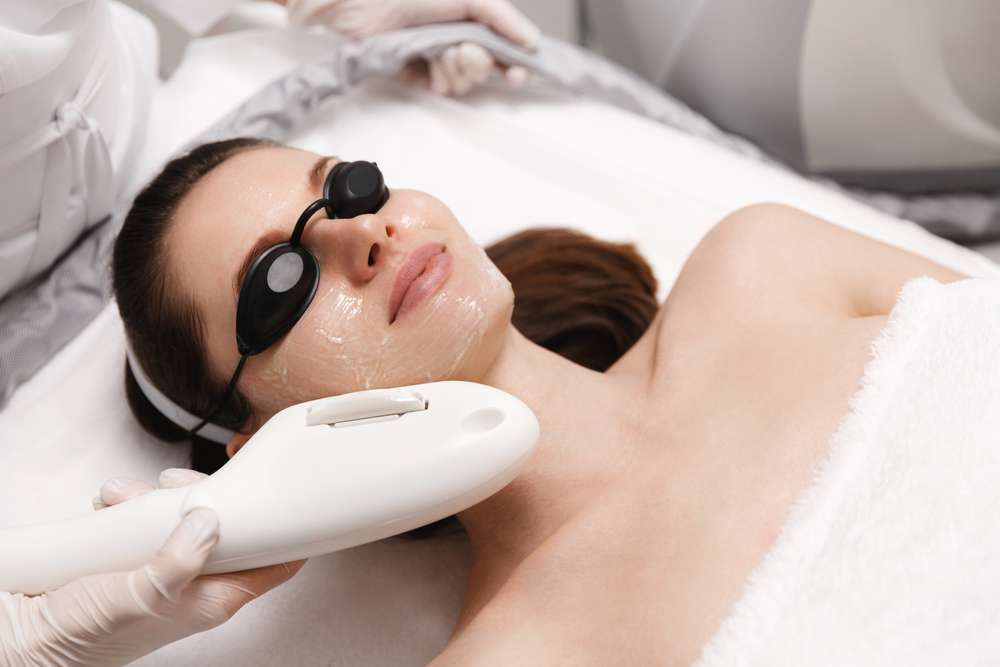Refresh Your Skin: The Essential Skin Rejuvenation Guide
Discover practical, expert-backed ways to refresh and restore your skin. This guide breaks down popular skin rejuvenation options—laser treatments, chemical peels, microdermabrasion, and fillers—explaining how they work, their benefits, risks, and what to consider before you choose. Learn how to extend results with proper skincare and sun protection so you can make informed, confident choices about your skin.

Skin aging and surface damage are common concerns, but modern rejuvenation methods offer many paths to healthier, more radiant skin. Whether you want to smooth fine lines, even out tone, or improve texture, a range of treatments—each with different intensity, recovery time, and cost—can help. Below is an organized look at the most popular options, how they work, what to expect, and how to choose the right plan for your skin.
Which skin rejuvenation treatments are most common?
A handful of procedures consistently top the lists for effectiveness and accessibility. Laser resurfacing uses concentrated light to address layered skin issues and stimulate repair. Chemical peels employ specially formulated solutions to slough away damaged outer cells, revealing fresher skin beneath. Microdermabrasion mechanically exfoliates the surface for gentler renewal and improved texture. Injectable dermal fillers restore volume and smooth lines without surgery. Each approach suits different concerns and skin types, so the best choice depends on your goals and tolerance for downtime.
How laser treatments improve skin appearance
Laser therapies have transformed non-surgical rejuvenation because they can be tailored precisely. By directing focused light energy at targeted depths, lasers encourage the skin’s natural healing response. This process boosts collagen and elastin production, accelerates cell turnover, and can reduce pigmentation irregularities. Different laser systems address specific problems: some are designed for superficial discoloration and texture, others for deeper wrinkles and scarring. The result is typically smoother, firmer skin with a more uniform tone. A trained clinician will select the wavelength and intensity that match your skin type and concern to minimize side effects and maximize outcome.
Benefits and potential risks
The advantages of rejuvenation procedures include improved texture, reduced fine lines, diminished hyperpigmentation, and an overall brighter complexion. Many people report greater confidence after treatment. However, no procedure is risk-free. Common, short-lived effects include redness, swelling, tenderness, and heightened sensitivity. More invasive or aggressive treatments carry greater chances of complications such as prolonged inflammation, infection, pigmentation changes, or scarring. Risk levels typically rise with treatment intensity, so discussing expectations and safety with a certified professional is essential.
Typical longevity of results
How long benefits last depends on the procedure and individual factors. Mild treatments like chemical peels or microdermabrasion often require a maintenance schedule—multiple sessions spaced weeks apart and occasional repeat treatments to sustain effects. Deeper laser resurfacing or volumizing fillers can deliver longer-lasting improvements, sometimes for a year or more. Lifestyle choices affect longevity: consistent skincare, sun protection, avoiding smoking, and managing overall health help preserve results. Your practitioner can recommend a timeline and maintenance plan tailored to your needs.
Choosing the right approach for you
Make decisions based on your skin type, specific concerns (texture, tone, wrinkles, scars), desired outcome, tolerance for downtime, and budget. A consultation with a dermatologist or experienced skincare specialist is crucial; they can evaluate your skin, outline realistic results, and advise on the safest, most effective options. Ask about the number of sessions required, expected recovery, and any pre- or post-care steps. Cost varies widely between treatments, so factor in both immediate expenses and potential maintenance costs when planning.
| Treatment Type | Average Cost Range | Number of Sessions | Typical Downtime |
|---|---|---|---|
| Chemical Peel | $150 - $300 | 4-6 | 1-7 days |
| Laser Resurfacing | $1,000 - $2,000 | 1-3 | 3-10 days |
| Microdermabrasion | $75 - $200 | 5-10 | None |
| Dermal Fillers | $600 - $1,000 | 1 | 1-2 days |
Prices, rates, or cost estimates mentioned in this article are based on the latest available information but may change over time. Independent research is advised before making financial decisions.
A final note: combining professional procedures with a consistent home-care routine—gentle cleansing, targeted serums (like retinoids or vitamin C as appropriate), moisturization, and daily broad-spectrum sunscreen—will improve results and extend their duration. Always follow your provider’s pre- and post-treatment instructions to reduce risks and accelerate recovery. If you have underlying skin conditions or are taking medications that affect healing, disclose these during your consultation so recommended therapies can be adjusted.
This article is for informational purposes only and should not be considered medical advice. Please consult a qualified healthcare professional for personalized guidance and treatment.






